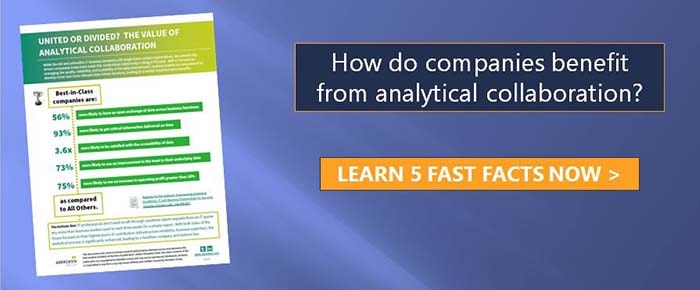 I was a big fan of “The Office” when it was on prime-time, mainly because it nailed the dysfunction that’s a part of so many businesses today. One of my favorite scenes was in the pilot when Dwight opened his desk drawer to find his stapler floating in a Jell-O mold, courtesy of Jim. I mean, come on, at some point in your work career, you’ve encountered someone you’ve always wanted to do that to, right?
I was a big fan of “The Office” when it was on prime-time, mainly because it nailed the dysfunction that’s a part of so many businesses today. One of my favorite scenes was in the pilot when Dwight opened his desk drawer to find his stapler floating in a Jell-O mold, courtesy of Jim. I mean, come on, at some point in your work career, you’ve encountered someone you’ve always wanted to do that to, right?
In many organizations, IT and business leaders have a Jim & Dwight type of relationship. Sometimes it’s mild intolerance of each other; other times it’s downright hostility. While this type of relationship makes for great TV comedy, it isn’t healthy, and let’s face it: it makes for bad business.
Tweet: 5 fast facts about the value of analytical collaboration
What makes for good business?
Collaboration. Those organizations that are able to unite IT and business leaders are reaping the rewards. (Think about how Jim and Dwight learned to actually get along towards the end of The Office series.)
Aberdeen research shows best-in-class companies in terms of analytical collaboration are 75% more likely to see an increase in operating profit greater than 20%. (Tweet this.)
We’ve written before about the value of IT and business collaboration, especially when it comes to data governance and self-service analytics. Why do companies that collaborate excel? Simply put, it allows everyone to concentrate on their strengths. With IT focused on maintaining a high-quality, reliable, and scalable business environment, business leaders are able to focus on developing richer and more relevant data-driven decisions. That leads to a lot of benefits for the company.
The value of analytical collaboration
Learn 5 fast facts about the value of analytical collaboration. Download new research by Aberdeen (no registration required) that shows how organizations are benefiting when IT and business leaders work together.
Coming up in our next blog post, we’ll take a deeper look at some of the research and how companies can progress on the path to improved performance with analytics. Stay tuned.
- Solving Hospital CEOs’ Pressing Challenges With Analytics - April 15, 2024
- Navigating the Wellness Wave: Wine & Spirits Data Strategy - April 9, 2024
- Takeaways from HIMSS24 - March 26, 2024


